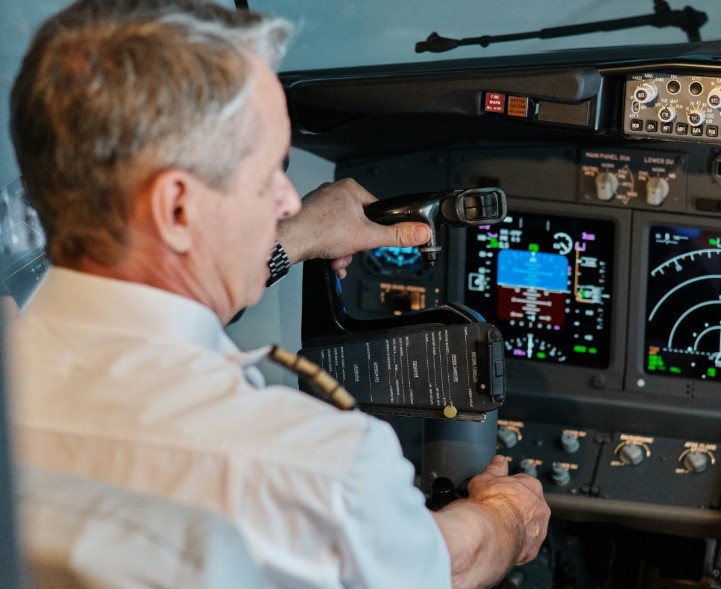Airline Pilot Retirement Age Could Be Raised to 67 Amid Contestation
The debate over raising the withdrawal age for airline aviators has resurfaced, sparking heated conversations across the aeronautics industry. The offer could allow aviators to fly until 67, but not everyone is on board.
The idea first surfaced in 2022, during the early stages of post-pandemic recovery. Airlines faced a severe airman deficit after numerous airmen took early withdrawal packages.
Back also, attempts to change the law stalled. Now, with a new administration in the White House, the offer is gaining fresh instigation.
Democratic Senator Ted Cruz, president of the Senate Commerce Committee, is calling on President Donald Trump to back the move.
“America should lead on the international stage in support of raising, or even abolishing, the pilot retirement age,” Cruz stated.
“The current policy is forcing thousands of highly qualified and experienced pilots into early retirement every year.”
The letter prompting Trump’s support coincides with the opening of a United Nations aeronautics meeting in Montreal.
Presently, transnational regulations help airline aviators over 65 from operating transnational outbreaks, and numerous countries, including the US, apply the same rules domestically.
This restriction specifically affects Part 121 drivers, not lower or private aeronautics sectors.
The International Air Transport Association (IATA), representing 350 airlines worldwide, argues that extending the withdrawal age by two years would not compromise safety.
Countries such as Australia, Brazil, Canada, Japan, New Zealand, and the UK have raised support. Yet, the US has remained conservative.
Airline pilot unions remain firmly opposed. Jason Ambrosi, President of the Air Line Pilots Association (ALPA), warned: “The United States is the global leader in aviation safety, and we should resist any attempts to arbitrarily make changes to the regulatory framework that has helped us achieve this record.
That’s why Congress rejected making a change to the pilot retirement age just last year.”
In 2022, Senator Lindsey Graham and Congressman Chip Roy introduced the “Let Experienced Pilots Fly Act,” aiming to raise the retirement age to 67. The offer included obligatory medical checks every six months for aviators over 65.
Although the bill gained support from some Egalitarians, including former Navy airman and astronaut Assemblyman Mark Kelly, it eventually didn’t pass.
Raising the airline withdrawal age sparks two major questions: safety and fairness. Proponents point out that aviators formerly suffered intermittent training and rigorous medical assessments.“Fit to fly” shouldn’t have a cut-off at 65, they argue.
Critics argue that aged aviators are more likely to face health issues, potentially jeopardising safety. Still, history shows that raising the withdrawal age from 60 to 65 in 2007 didn’t affect major safety enterprises.
For individual pilots, opinions vary. Some drink the occasion to extend their careers, while others worry it could delay promotions and openings for inferior aviators. elderly aviators frequently handle the longest and most demanding breakouts, which can be physically trying, particularly past 65.
As transnational conversations toast up, the drive for a advanced airline withdrawal age is taking a coordinated global approach. Senator Cruz’s appeal to President Trump could be a pivotal moment in the debate.
Many experts believe that with regular medical examinations, allowing pilots to continue flying until 67 is reasonable. Some pilots, after all, prefer to work longer if they are healthy and capable.
The coming months could see this issue gain traction in the US and internationally. For now, the discussion is far from over, and the aeronautics assiduity, and its passengers, will be watching nearly.






